Rising Demand for Automation
The increasing demand for automation across various sectors is a primary driver of the Robotic Platform Market. Industries such as manufacturing, logistics, and healthcare are increasingly adopting robotic platforms to enhance efficiency and reduce operational costs. According to recent data, the automation market is projected to grow at a compound annual growth rate of over 10% in the coming years. This trend indicates a robust shift towards automated solutions, which are perceived as essential for maintaining competitive advantage. As businesses seek to streamline processes and improve productivity, the adoption of robotic platforms is likely to accelerate, thereby propelling the growth of the Robotic Platform Market.
Advancements in Robotics Technology
Technological advancements in robotics are significantly influencing the Robotic Platform Market. Innovations in artificial intelligence, machine learning, and sensor technologies are enhancing the capabilities of robotic platforms. These advancements enable robots to perform complex tasks with greater precision and adaptability. For instance, the integration of AI allows robotic platforms to learn from their environments and improve their performance over time. Market data suggests that the robotics technology sector is expected to witness substantial growth, with investments in R&D reaching unprecedented levels. This technological evolution is likely to create new opportunities and applications within the Robotic Platform Market.
Expansion of E-commerce and Logistics
The expansion of e-commerce and logistics sectors is significantly impacting the Robotic Platform Market. As online shopping continues to grow, the demand for efficient warehousing and delivery solutions is increasing. Robotic platforms are being deployed in warehouses to automate sorting, packing, and shipping processes, thereby enhancing operational efficiency. Recent statistics indicate that the e-commerce logistics market is expected to grow at a rate of 14% annually. This growth is likely to drive the adoption of robotic platforms, as companies seek to optimize their supply chains and meet consumer demands. Consequently, the expansion of e-commerce is poised to be a key factor in the ongoing development of the Robotic Platform Market.
Growing Need for Safety and Precision
The growing need for safety and precision in various applications is driving the Robotic Platform Market. Industries such as healthcare and manufacturing are increasingly relying on robotic platforms to perform tasks that require high levels of accuracy and safety. For example, surgical robots are being utilized to perform complex procedures with minimal invasiveness, thereby reducing recovery times for patients. Market analysis indicates that the demand for precision robotics is on the rise, with projections suggesting a growth rate of around 12% in this segment. This heightened focus on safety and precision is likely to further stimulate the adoption of robotic platforms across multiple sectors, reinforcing the growth of the Robotic Platform Market.
Increased Investment in Research and Development
Investment in research and development is a crucial driver for the Robotic Platform Market. Companies are allocating significant resources to innovate and develop advanced robotic solutions. This trend is evident in the rising number of patents filed in the robotics sector, indicating a strong focus on innovation. Furthermore, government initiatives aimed at promoting robotics and automation are contributing to this investment surge. Data indicates that R&D spending in the robotics field is expected to increase by approximately 15% annually. Such investments are likely to lead to the introduction of cutting-edge robotic platforms, thereby enhancing the overall growth trajectory of the Robotic Platform Market.

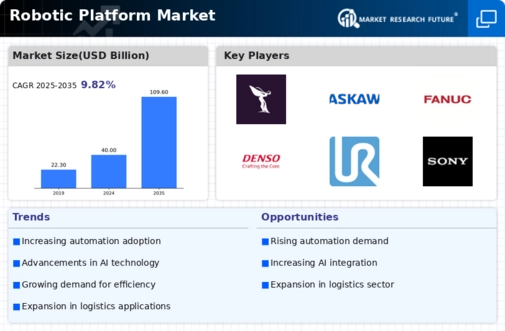
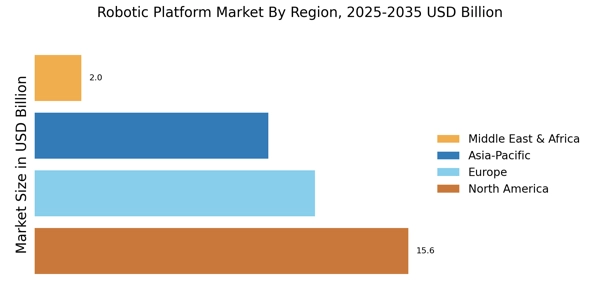


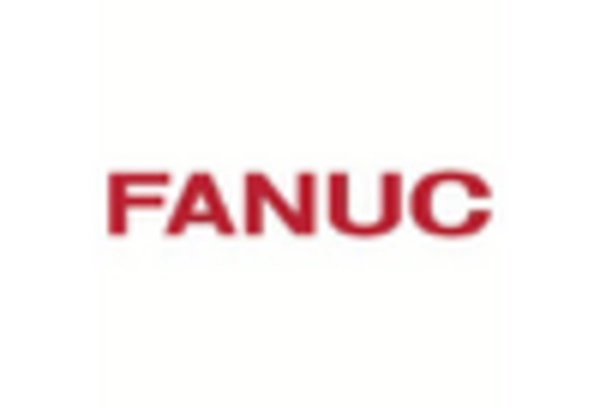
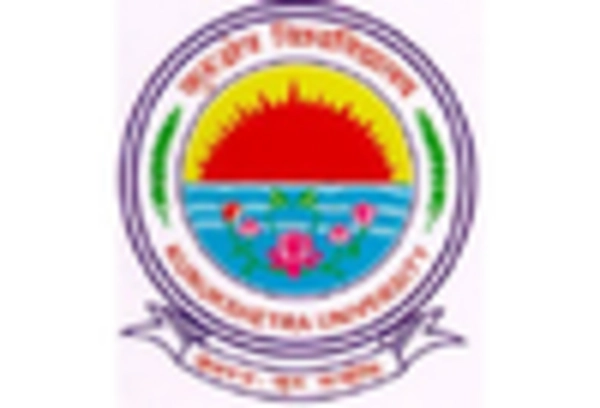
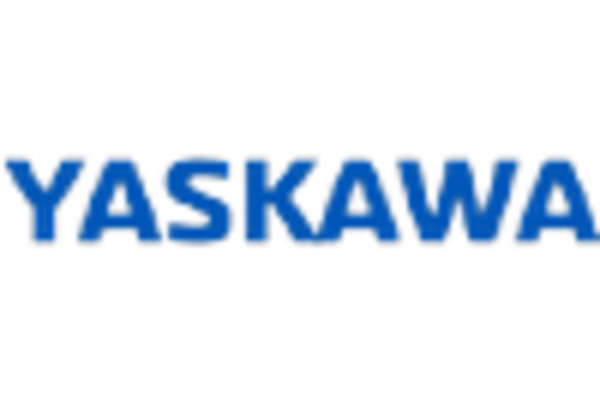
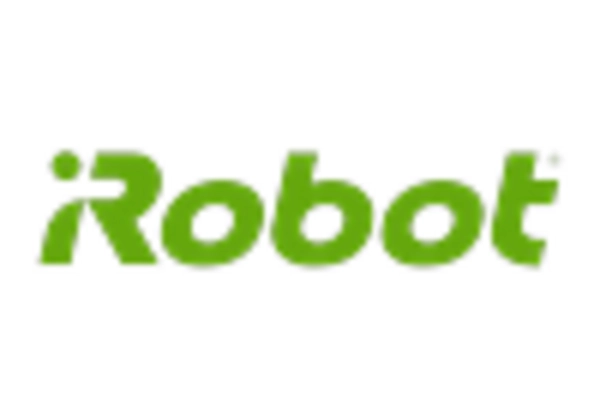








Leave a Comment